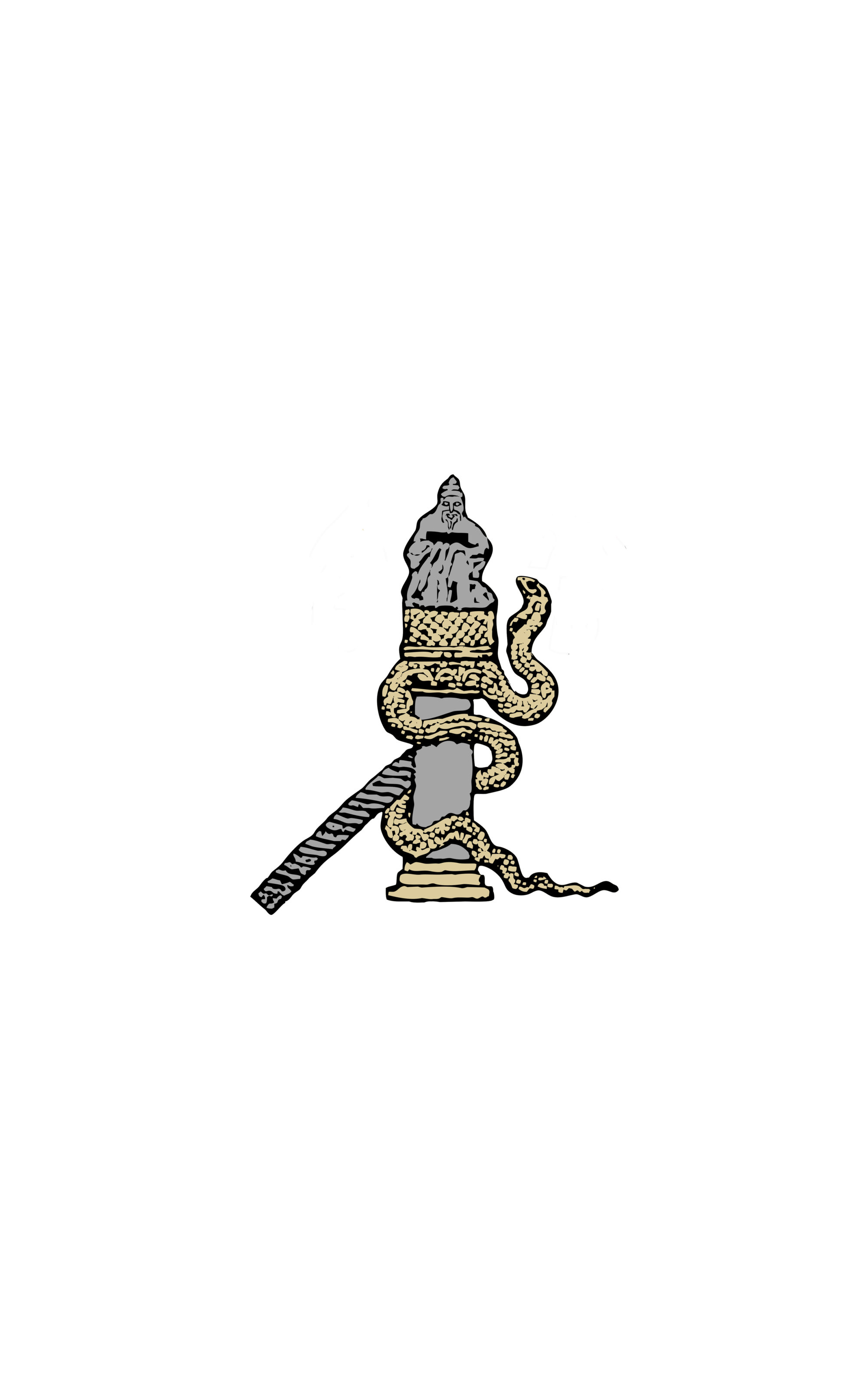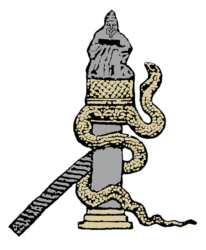Les illustrations du Stichéraire GIM Muz. 3674 du XIIIe siècle.
Maria Grinberg, Université Lomonossov de Moscou
Le stichéraire est un type du livre liturgique qui contient les chants officiels suivant l’ordre de l’année religieuse, y compris les Menées, le Triodion, le Pentikostarion et l’Octoéchos. Peu de Stichéraires enluminés sont parvenus à nos jours. Parmi les exemples les plus remarquables on peut citer Koutloumousiou n° 412 et Sinai cod. 1216. Ces manuscrits furent brièvement examinés par Kurt Weitzmann dans son article « The Selection of Texts for Cyclic Illustration in Byzantine Manuscripts », dans Byzantine Books and Bookmen. Ces manuscrits furent datés du début du XIIIe siècle et leur origine fut localisée à la région palestinienne. Il est néanmoins plus probablement de voir apparaître les manuscrits enluminés de ce genre à partir du XIIIe siècle.
Le manuscrit coté GIM Muz.3674 est décoré avec vingt-cinq miniatures placées sur les pages sans encadrement, chaque d’eux étant précédé par le passage de texte qu’elle illustre. Les particularités paléographiques et stylistiques permettent de dater ce manuscrit vers le XIIIe siècle, mais la date précise reste à établir.
Mon intervention présentera une analyse iconographique des miniatures du Stichéraire. Il s’agit, notamment, d’identifier ses sources iconographiques et de spécifier les critères du choix des sujets, qui contribuent à enrichir le sens du texte. La plupart des miniatures, soit vingt-et-une est placée dans la partie des Menées, trois dans le Triodion et une dans le Pentikostarion. Cet ensemble est, en effet, un mélange des scènes de l’Evangile, des images des Fêtes et des représentations des saints. Ces dernières ne correspondent pas forcément au texte qui les suit. L’iconographie de cette partie du Stichéraire était fondée principalement sur les illustrations des Ménologes du XIe siècle mais, le choix du sujet reste original et réalisé en fonction du programme iconographique particulière du manuscrit.

